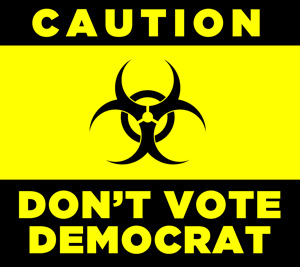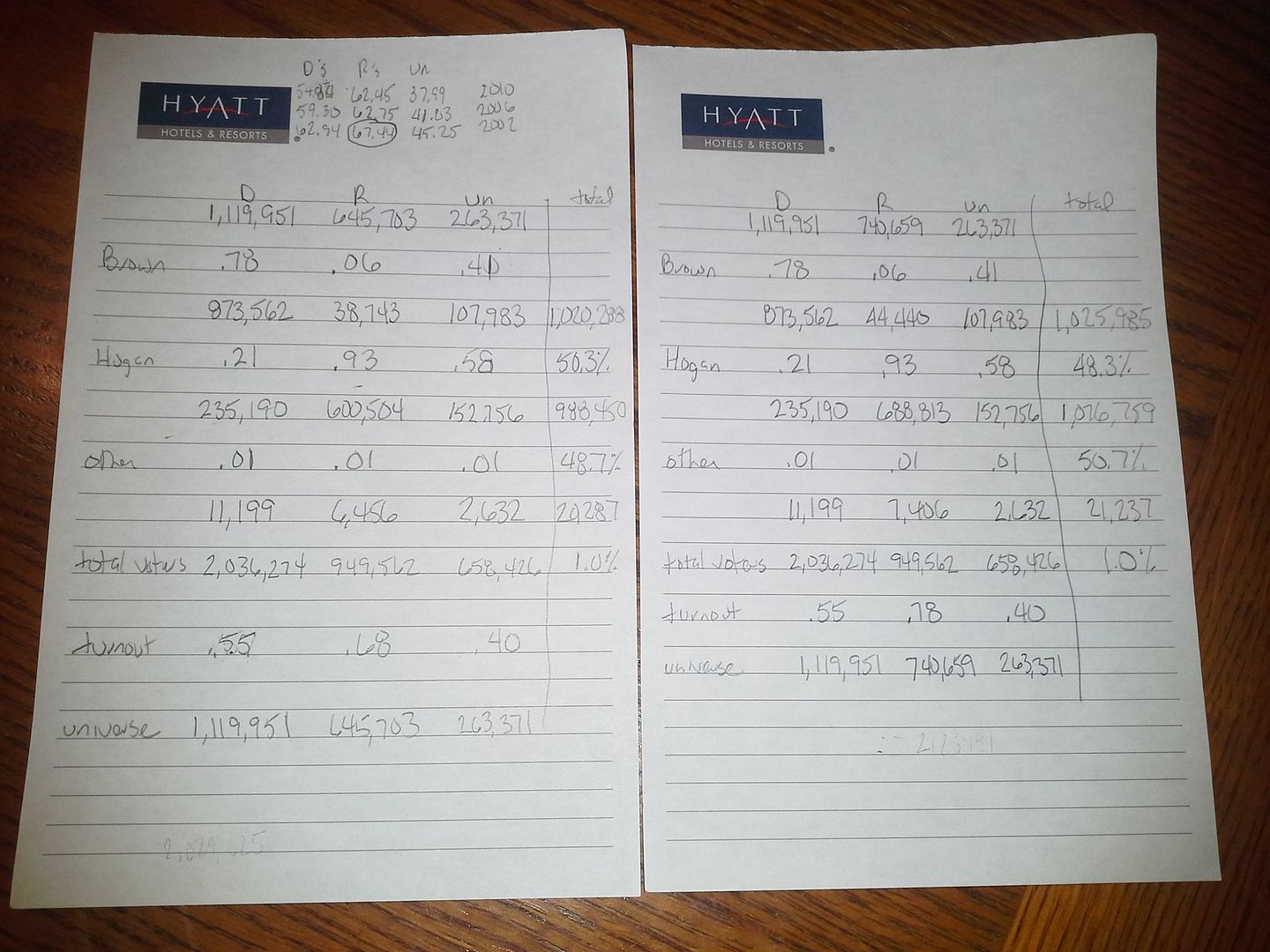Call it the final culling of the election mailbox, and not a moment too soon. Yet again we dispatch with stuff in anything from a few sentences to a few paragraphs.
One effect of the Trump presidency has been a resurgence in manufacturing, which has pleased my old friends at the Alliance for American Manufacturing to no end. “Any job losses – and there have been very few actually documented – as a result of tariffs are being more than offset by the strength of the factory economy,” said AAM’s president Scott Paul in reaction to September’s job numbers. But with even better numbers in October (32,000 new jobs vs. 18,000 in September) Paul was a little more greedy:
It’s good news that factories hired 32,000 new workers in October. If there is any employment impact from tariffs or retaliation, it’s being more than washed away by the overall strength of the manufacturing economy. That said, tariffs alone aren’t going to keep manufacturing strong.
We need to see structural economic reforms in China, a better deal for workers through fairer trade agreements with Mexico, Canada, Japan and the European Union, as well as a renewed effort to crack down on exchange rate misalignment and manipulation.
It’s a start on the 3.4 million jobs claimed to be lost to China by the (left-leaning) Economic Policy Institute in a recent report.
But my question for Scott would be how much effect he believes the dismantling of the regulatory state on Trump’s watch has helped the situation. AAM seems to focus more on the aspect of trade and less on the other areas where we labored at a competitive disadvantage, but that could be a product of its union background. Interestingly enough, a recent survey AAM commissioned was bullish on President Trump and his effect on manufacturing in America – far more than Congressional Republicans or Democrats.
President Trump may have good reason to be bullish himself after what was described by my friend Rick Manning at The Daily Torch as “One of the best job reports imaginable.”
250,000 more jobs created in October alone, in spite of the impacts of two major hurricanes. The unemployment rate rests at 3.7 percent, the lowest rate since 1969, the year Neil Armstrong walked on the moon. More than 4 million jobs created since Donald Trump became President, with more than 1,000 manufacturing jobs created each day during October and nearly 300,000 overall in the Trump time in office. And when it comes to where the rubber meets the road – in the paycheck – America got a raise over the past year which exceeded the inflation rate. That’s right, a real raise year-over-year for the first time in nine years.
Despite the Left’s insistence that this election is about the accused rapist Brett Kavanaugh, supposedly pro-Trump criminals who mail inert bomb-like devices or savagely butcher defenseless worshipers at a Pittsburgh synagogue, or the overreaction to the forthcoming caravasion, they are all desperate diversionary tactics to take the voters’ minds off of their fattened bank accounts since Trump took office.
And speaking of the caravasion, a little digging by Hayden Ludwig of the Capital Research Center has found one key American sponsor of the effort, the infamous “Puebla Sin Fronteras” (People Without Borders). That group is but a small part of a tangled web Ludwig details in his stateside investigation. On the other end, writer and former CIA operations officer Charles Faddis asserts:
Yet, already what has emerged shows that far from being a campaign for the rights of oppressed peoples (the caravan) is a deliberate, pre-planned effort on the part of socialist enemies of the United States to damage American prestige and to embarrass American allies.
Perhaps this is why the caravasion’s rumored arrival as a late “October surprise” has now been pushed back as the first wave has hit some turbulence.
A much earlier surprise was the arrival and successful ballot access of an unaffiliated candidate in our Maryland U.S. Senate race. Neal Simon continues to be on my radar as we reach the final day of the campaign.
It began in early October when a poll touted by his campaign came out, putting his support at 18 percent. See if you can follow this:
Despite common misconceptions from the press, including The Washington Post, about a lack of support for unaffiliated candidates, 54 percent of voters said they will consider an unaffiliated candidate for U.S. Senate; 56 percent of Democratic respondents also said they would consider an unaffiliated candidate; 30 percent of undecided voters lean to Simon. In comparison, only 4 percent of undecided voters are leaning towards Cardin and only 3 percent are leaning towards voting for Republican candidate Tony Campbell.
I actually asked the campaign for the crosstabs (since it was an unreleased part of the overall Gonzales Poll) and they never responded. I say unreleased because:
Neal Simon’s campaign purchased three rider questions on the Gonzales Maryland Survey conducted from October 1-6, 2018. The campaign purchased the questions because the polling firm had not planned on including the Maryland U.S. Senate race in its poll.
I’m certain they have had internal polling all along as well. The U.S. Senate race is definitely one of the topics I’m going to discuss in my postmortem, in part because of this claim:
Gov. Larry Hogan today announced that he has cast his vote for Maryland’s U.S. Senate seat for unaffiliated candidate Neal Simon.
To be quite honest, that would not surprise me. Maybe it’s a quid pro quo, as Simon earlier said:
I’m happy to announce my endorsement of Gov. Hogan today for another term as Maryland’s governor. From cutting taxes and fees, to investing in education and cleaning up the Chesapeake Bay, Gov. Hogan has accomplished a lot for Marylanders. And he’s done it by working across the aisle to find common ground. Instead of sowing divisiveness and conflict for cheap political points, Gov. Hogan has stayed true to his promise to govern from the center. He’s a true model for how to get things done.
Of course, according to the iVoter Guide, Neal Simon is a liberal.
It was a couple years ago that I first mentioned the group, which was asking for prayer:
Pray for unity and peace. Our country is deeply divided. Christians must truly start loving our neighbors as ourselves so that there can be a spiritual awakening. Now is not a time to gloat but to turn our hearts continually toward God so we can be examples of His love and work toward reconciliation and unity. Pray for all nations, as a new stage is being set both nationally and internationally.
A couple weeks ago I found out they had expanded their iVoter Guide to Maryland – alas, this time only for federal races. But it’s a well-documented source to help you through the clutter, especially all the clutter caused by an estimated $5.2 billion in spending this time.
Yes, you read that correctly: five point two billion, with a “b” dollars. (I think half of that was spent on mailings to my house.) From OpenSecrets:
While Republican candidates are raising funds at record levels, the huge uptick in spending is driven primarily by unprecedented Democratic fundraising. Democratic candidates are projected to spend more than $2.5 billion this cycle, while Republicans are expected to spend approximately $2.2 billion.
Democratic House hopefuls have raised more than $951 million, crushing their Republican opponents’ $637 million haul. Things are closer in the Senate – $513 million to $361 million – but Democrats are still ahead.
Gee, do you think they’re a little upset that Hillary couldn’t close the deal?
Last but not least is something from a woman basically forgotten in the 2018 race. Available online election results for the Comptroller’s office over the last 32 years show that only one Republican has ever exceeded 40 percent of the vote: Anne McCarthy was the last woman to run as a Republican nominee back in 2006 and received 40.8% of the vote in the election that elevated Peter Franchot to the job. Twelve years later he faces another woman, but one who has been severely underfunded from the start because Franchot has the advantage of a healthy relationship across the aisle with Governor Hogan.
So when you receive an e-mail appeal from Anjali Phukan saying “Franchot is in the pocket of special interests and here’s proof!” you think to yourself, that’s nice, but perhaps that vein should have been mined back in March. And it’s too bad because this is interesting:
I believe at least 29 entities overcontributed (to Franchot), questioning the validity of over $354,000 in donations. The biggest overcontributor gave about $140,500 (David Trone via RSSI, Total Wine, and other related entities). There was a court case in September 2016 for this matter, but Franchot only returned $62,000. Other overcontributors looked like the entity name was typed slightly different to be perceived as a different person for donating over the limit without triggering reporting system red flags, others looked like a primary entity was using small business(es) owned by a donor, for donating over the limit without triggering reporting system red flags.
I have noticed this on a number of financial reports over the years: a donor name may be typed in slightly differently or the address is incorrect – a case in point: there are campaign finance reports out there which have my address in Ocean Pines for some strange reason, perhaps because someone read a long list of names and addresses incorrectly and put line 62’s name with line 63’s address and never bothered to change it in the system for awhile afterward until it was pointed out. It happens.
But the system is only as good as its reporting because the software appears to keep a running total for each contributor. If a name is spelled differently that resets the system, so let’s say I wanted to be devious and donate $12,000 (twice the legal limit) to a candidate. If I found an old check at an old address and told the treasurer to spell my name “Schwartz” (a common error, trust me) I just might be able to get away with it unless someone audited the account later. And then I could say it was an honest mistake – I just forgot I maxed out to the candidate already. (Either that or I can just set up multiple LLCs, which seems to be a time-honored avoidance technique, too.)
Anyhow, it’s a good point but unfortunately far too little and far too late. Phukan will be hard-pressed to beat 30% today, and it may be a good test to see how loyal Republicans are to their straight ticket. I can tell you that I will not be, but where I depart is for me to know and you to maybe find out at some later time.
Let’s put this election cycle to bed. Pray for the best possible results.


 Most newspapers will use their Sunday edition before the election to either make the most key endorsement, such as for governor or president, or summarize their endorsements into a ballot guide for voters.
Most newspapers will use their Sunday edition before the election to either make the most key endorsement, such as for governor or president, or summarize their endorsements into a ballot guide for voters.
